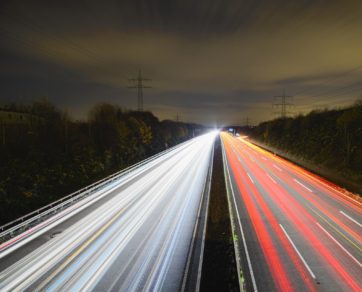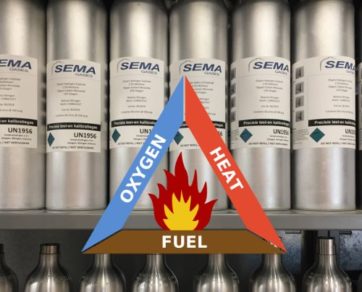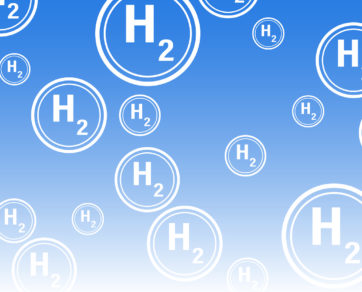Gas detection is all around you. It could be present in the garage in which you park your car, in aeroplanes, or even in casinos. Gas detection equipment is more commonly used than you might think in the first instance. In this months blog, we help you to get started with gas detection. In the early days of gas detection, back in 1750, canaries were used to detect dangerously and hazardous gases for mine workers that were digging up coal. Luckily for us (and the Canaries), technologies evolved, and sensors are designed to detect almost any gas to which we might be exposed. Some of these technologies involve but are not limited to, infrared and photo-ionisation detection. But how to get started with gas detection. We give you the ten starters for gas detection.
1: Use manufacturer’s produced filters only
2: If possible test your pump function
3: Don’t expose LEL sensors to poisons
4: Bump test for each use
5: Calibrate your gas detector frequently
6: Fresh air calibrations only in fresh air
7: Do not use expired calibration gas
8: Replace the gas detector sensors on time
9: Work in a routine
10: Use your gas detector how it is meant to be
1: Use manufacturer’s produced filters only
Filters protect the inside of your gas detection device against dust, liquids and other harmful substances that can damage your gas detection instrument. If you do not use the proper filters, there is a chance that the gas detector needs to be repaired more quickly or frequently than with the use of correct filters.
2: If possible test your pump function
A pumped detector cannot adequately pull a sample if the pump is limited. Test the pump function by placing a finger over the inlet before using the monitor. If the pump stall is triggered, the pump should be good to go.
3: Don’t expose LEL sensors to poisons
First, LEL? We measure gas detection results in two units; ppm and LEL. LEL stands for (Lower Explosive Limit), and it is a percentage of the atomic %(vol) level of a compound. 100% LEL is the lowest concentration at which a flammable substance can produce a fire or explosion when ignited. Silicone-containing, lead-containing, or sulfur-containing compounds can kill LEL sensor response reasonably quickly. If you suspect your gas detector has been exposed to any poison, replace the filters and check the proper functioning of the LEL sensor. If you decide to clean your gas detector, you should do this with a damp cloth and skip the solvents since these could also contain sensor poisons.
LEL stands for (Lower Explosive Limit), and it is a percentage of the atomic %(vol) level of a compound.
4: Bump test for each use
If you bump test your gas detector before each use, the calibration frequency can be extended to 3 to 6 months when the gas detector successfully passes the bump tests. A bump test means holding the gas detector up to a level of calibration gas just long enough to bring it into alarm. With this method, only sensor functionality is ensured. For carrying out a bump test calibration gas is needed. A bump test checks that a gas detector works at all.
5: Calibrate your gas detector frequently
Start with calibrating your new gas detector once a week. If after several weeks hardly or no adjustment is needed, decrease the calibration frequency to a point where only small changes are necessary when calibrating. Finally, the calibration frequency will end up somewhere between 1 and 3 months.
6: Fresh air calibrations only in fresh air
A frequent mistake that causes negative readings is a bad fresh air calibration. Managing a fresh air calibration on a manufacturing line, or garage, where toxic gases or flammables are present, might result in negative readings. If you don’t have access to fresh air, use a zero air calibration cylinder.
7: Do not use expired calibration gas
It is essential to calibrate a gas detector with a calibration gas that has not been exceeded its expiry date (more info about calibration gases and their expiry dates). Using expired calibration gas for the calibration of a gas detector could lead to improper calibration and could result in a faulty appreciation that the instrument is in an excellent working condition. This fault calibration could finally result in an unsafe working situation.
8: Replace the gas detector sensors on time
Common sensor types that are used in gas detectors are electrochemical sensors, catalytic sensors, photo-ionization (PID) sensors, infrared sensors, galvanic sensors and semiconductor sensors. It is essential to keep your equipment up-to-date. If your old sensors expire, you must replace these with new ones. (more info about gas detector sensors, and which sensors are used in gas detectors)
9: Work in a routine
When you use your gas detector regularly, working with it will become a routine. You systematically follow the steps to be taken before proper use, such as bump testing, fresh air testing, calibration or finally contacting an authorised service station for annual service of your gas detector.
10: Use your gas detector how it is meant to be
As simple as it might sound, how difficult it sometimes seems to be. Use your gas detector how it is supposed to. Take proper care of your instruments and do not leave it unused on a shelf. At the end of it all, gas detectors can save lives. That’s how you get started with gas detection



